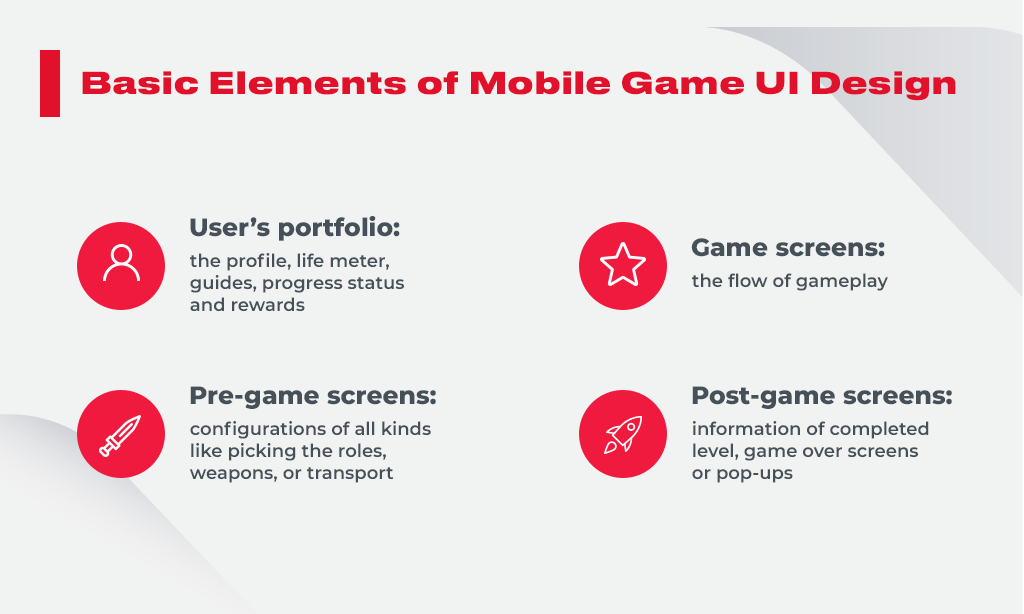User Interface (UI) design is an essential aspect of game development that impacts the user experience. A well-designed UI should be easy to use, visually appealing, and consistent across different platforms. To design an effective UI, game developers must understand the player’s needs, follow industry standards to ensure consistency, incorporate clarity and simplicity, use visual hierarchy and appropriate color and contrast, and implement responsive design. Usability testing is also necessary to identify any issues and suggest improvements. A well-designed UI enhances the player’s experience, contributing to the overall success of the game.
User Interface Design in Games: Best Practices and Design Techniques
Introduction
User Interface (UI) design is a critical aspect of game development that determines the user experience. A well-designed user interface should be easy to use, aesthetically pleasing, and consistent across different platforms. Poor UI design can make it difficult for players to navigate a game, understand its mechanics, or even choose what to do next. This article explores the best practices and design techniques in UI design for games.
Understanding the Player
The first step in designing a game UI is to understand the player. Different players have different needs, and a UI that works for one player may not work for another. Factors to consider when designing UI include player demographics, game genre, and platform. For example, a mobile game UI will differ from a PC game UI or a console game UI.
Consistency and Standards
Consistency is essential in game UI design. Players should be able to navigate a game with ease and without confusion. One way to achieve consistency is by following industry standards. Game development companies usually have their own UI design guidelines, and these guidelines should be followed strictly to maintain consistency.
Clarity and Simplicity
Clarity and simplicity are critical in game UI design. Players should be able to understand what a button does or what they need to do to progress through the game quickly. A cluttered or complicated UI can be overwhelming, leading to player frustration and abandonment. Use clear and concise language when labeling buttons and provide visual cues to help players understand what they need to do.
Visual Hierarchy
Visual hierarchy is used to guide players’ attention to the most important elements of a game’s UI. Players’ eyes typically move from the top-left corner to the bottom-right corner of a screen, so game developers should concentrate the most essential elements in these areas. Certain UI elements should be emphasized, including calls to action, important notifications, and other essential information.
Color and Contrast
Color and contrast are essential factors in game UI design. They help to define the mood of the game and should be used to guide players’ attention. Bright colors and high contrast should be used sparingly to avoid overwhelming the player. Dark backgrounds with light text are easier to read, and vibrant colors can indicate team affiliation or help players identify the game’s objectives.
Responsive Design
Responsive design ensures that UI elements adapt to different screen sizes, resolutions, and orientations. This approach is particularly important in mobile games, where screen sizes can vary significantly among different devices. UI elements should be scalable, so they fit well across different screen sizes and resolutions.
Usability Testing
Usability testing is essential in UI design. Before releasing a game to the public, it should be tested by a group of people who represent the game’s target audience. These testers should provide feedback on the UI design and suggest improvements. Based on this feedback, changes and tweaks can be made to the UI design, so it meets the needs of players better.
Conclusion
In conclusion, UI design is a critical aspect of game development that can impact a player’s experience. A well-designed UI should be easy to use, aesthetically pleasing, and consistent across different platforms. By following best practices and design techniques, game developers can create a UI that enhances players’ experience and contributes to the overall success of the game.
